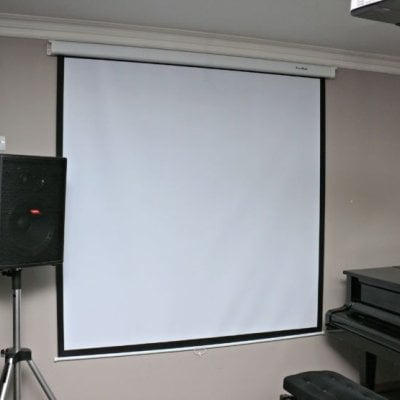SDR and HDR are frequently seen in projector specifications. So, what’s the difference between them?

SDR refers to Standard Dynamic Range, which represents light intensity based on a CRT’s brightness, contrast, and color characteristics and limits. SDR videos and images are supposed to be watched on a display that has the same characteristics and limit as CRT.
HDR is the abbreviation of High Dynamic Range. It is an imaging technique that captures, processes, and reproduces content in such a way that the detail of both the shadows and highlights of a scene are increased. It has conquered the limits of SDR and therefore has better performance.
Conclusion

On a typical SDR display, images will have a dynamic range of about 6 stops. HDR content is able to almost triple that dynamic range, with an average approximate total of 17.6 stops.
Compared with SDR, HDR allows you to see more of the detail and color in scenes with a high dynamic range, meaning that the images have more overall detail and a larger range of colors.




